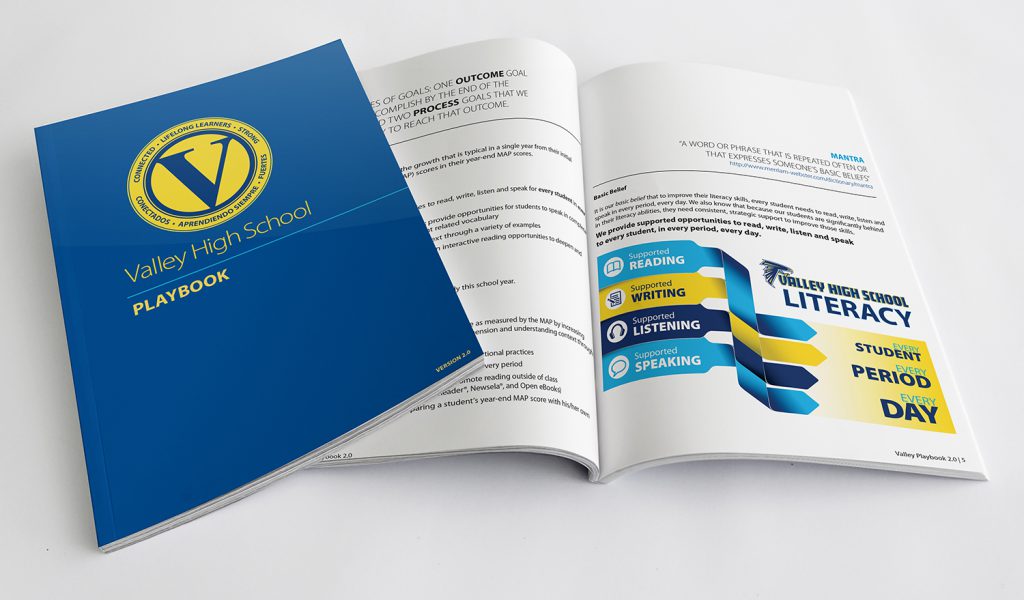Differentiated Reading Instruction: A Better Practice for Ensuring Student Literacy

If we are to be a gateway to opportunity rather than a gatekeeper of the status quo, giving students what they need is only fair.
– Tony Winger, K-12 School Principal

INTRO
Hopkins Elementary in Littleton, Colorado was determined to help all students learn, and thus achieve more equitable outcomes. The key to achieving more equitable outcomes is to clearly articulate the learning that matters most, then be relentless in helping all students to get there. The school’s leadership team focused on students’ reading achievement as their top priority.
OBJECTIVES
- Seek more equitable outcomes in students’ growth as readers
The below example is the process Hopkins Elementary chose to implement their new program.
Assess Student Reading Level
At the beginning of the year, assess every student’s reading level and set specific individual goals stating what is expected for every student to achieve by May.
Hopkins Elementary sought grade level proficiency for every student, and expected at least one year of growth. For those performing below grade level, they expected up to one and a half years of growth, so that they could narrow, if not eliminate, their learning gap.
Create Intentionally Unequal Reading Instruction
The school embraced a different concept of fairness. Grounded in the fundamental beliefs that all kids can learn, the teachers understood fairness to mean giving each student what he or she needed. With this concept of fairness in mind, the school’s leaders created an entire reading period designed to treat kids unequally.
Replace Guided Reading Blocks With Differentiated Reading Instruction (DRI)
Create a 40-minute period providing the opportunity for teachers to tailor instruction to address identified skill gaps.
- Group students according to the assessed needs.
- These are short-term, fluid groups (shifting as student needs shift).
Areas of Instructional Focus:
- Develop phonemic awareness
- Word recognition
- Fluency
- Improved vocabulary
- Reading comprehension skills
Stagger the DRI Block by Grade Level
Staggering the block allows for reading interventionists and special education teachers to join every classroom and work with each teacher to provide additional differentiated instructional support to every student who needed it.
Review Your Progress
Every six weeks a professional learning community meets to review formative data and plan the next DRI segment of learning. This allows for teachers to collaborate and share with grade level teammates successful strategies.
- Teachers regrouped students according to the data
- Identify two updated areas of instructional focus
- Set new short-term growth goals
Evaluate
Utilize the Implementation Rubric (resource box above) to evaluate the effectiveness of the program.
- Tool for classroom observation
- Enables design of ongoing professional development
End of Year Measurement
Conduct an all staff year-end meeting to share data with colleagues. This is a celebration and a form of accountability. For Hopkins Elementary, the percentage of their students who were at grade level as predicted by Measures of Academic Progress (MAP) increased from 69 percent when the initiative began, to 88 percent within three years. In addition, the percentage of students who were growing at least as fast as the state median jumped from only 40 percent at the baseline to 58 percent.






Responses